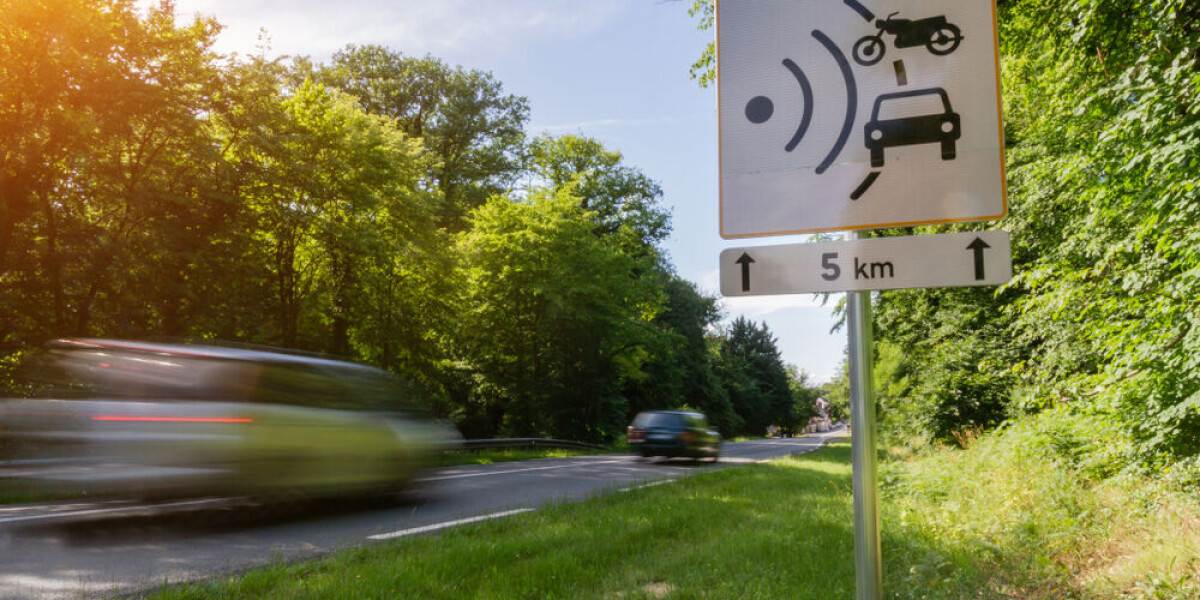
- Select a language for the TTS:
- UK English Female
- UK English Male
- US English Female
- US English Male
- Australian Female
- Australian Male
- Language selected: (auto detect) - EN
Play all audios:
CAMERAS SET TO USE AI TECHNOLOGY TO HELP SPOT INFRACTIONS SUCH AS DRIVING WITHOUT A SEATBELT Speed cameras across France are set to be upgraded to check for additional driving offences. A
combination of improved video technology and the use of AI means some high-tech speed cameras will, subject to the government’s budget passing (it is currently being examined in the
Assemblée nationale), be able to detect three new infractions on top of the current list of offences they can penalise drivers for. These new infractions they will be able to detect are: *
Failing to keep a safe distance from the vehicle ahead * Using a handheld mobile phone whilst driving * Failing to wear a seatbelt If caught committing one of these offences by a radar,
the driver is liable to a €135 fine and potential loss of three points from their licence – the same as if they were pulled over by police officers. PUBLIC TENDER FOR IMPLEMENTATION The
announcement has been included as part of talks on the upcoming 2025 budget, from which the government has earmarked €46.3 million for speed camera/radar maintenance and improvement.
Alongside upgrading radars to catch more offences, the funds will also go towards increasing the fleet of mobile radar units in France, as well as to prevent and repair vandalisation of
cameras. Read more: Surge in parking fines as French towns use radar checking cars Implementation of the enhanced radars will be subject to the budget passing, but also to where
manufacturers want to install them. Under the plans, a tender will be put out by the government for the project, with a view of implementing the new technology as soon as possible, reports
Capital. It is currently unknown how many of the 4,000 or so functioning radars in France will be equipped to flash for these new offences, nor where they will be located. For example,
they may not be placed along roads with higher speed limits, as it could be more difficult to accurately catch offending drivers. In the case of driving too close to the vehicle in front, it
is also unlikely to be implemented for radars in urban areas, where traffic jams mean keeping to current rules would be practically impossible. ENHANCED AI PROGRAMME The government has
published a 25-page report on road safety, in part detailing how the new cameras will function. In part, the improvement will be made by “appropriating innovative technology or techniques,
such as extending the use of artificial intelligence to improve the performance of automated enforcement,” says the report. This increased use of AI may also improve the efficiency of
radars at handing out speeding fines, making them more efficient. Furthermore, the report says it will be used by Antai (the authorities which manage driving fines) to fight against fraud.










